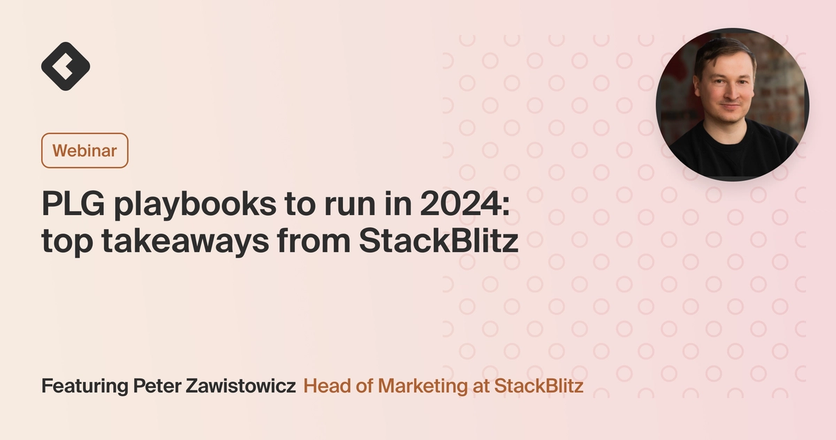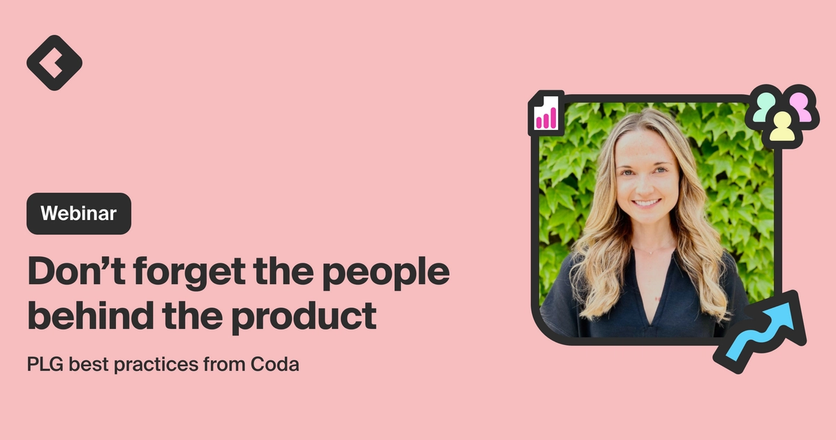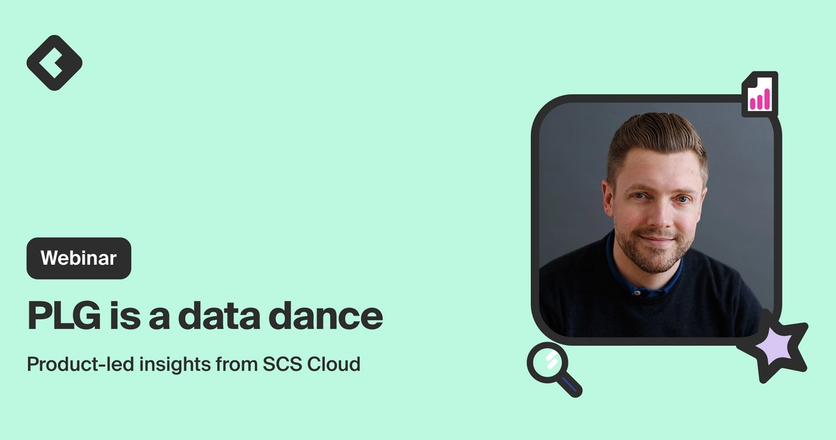Warm relationships beat cold calls: social selling tips from Monica McIlroy [VIDEO]
Social selling doesn’t mean blasting out direct messages on LinkedIn.
When it comes to driving deals, forming strong connections will always win out over pushing pitches.
We talked about that and much more with Monica McIlroy—Business Development Manager at BizDev Labs and founder of Mcllroy Marketing—in our recent event: Outbound 2.0: community-led growth & social selling.
Here are three of the top takeaways from that conversation, including:
- Why social selling takes time
- What matters more than technical specs
- How to build credibility with prospects
1. Become a known quantity in prospect communities
Whether it’s email or Slack DM, cold outreach is cold outreach.
Before you start launching into a sales pitch, take the time to build up your bona fides across the digital communities your ideal customers frequent. That means posting content, commenting on other people’s posts, and generally making yourself seen in the community.
This takes time, but it leads to much better outcomes than diving in without building connections first.
"Community-led selling or social selling is not zero to 1,000 in a day,” Monica said. “It's these incremental, micro, small interactions with prospects. Starting to post content and optimizing your LinkedIn profile a little bit every day is what’s going to help you improve.”
Different communities generally flock to different channels, whether it’s owned communities on Slack and Discord or unowned communities on LinkedIn, Reddit, and Stack Overflow.
For example, when Monica was selling to business-to-developer organizations, she found Twitter was their preferred watering hole.
“This ICP was really on Twitter, so I was interacting with them a lot there,” Monica said. “A lot of times, when you're really heavily interacting with your prospects in their communities, the repetition of your name and your company's name really starts to build up in their mind.”
2. Learn your prospects’ pain points by heart
Sometimes non-technical sellers have to win over highly technical prospects.
“With that really technical persona, they're very wary of salespeople, and I think as much as possible, you should try to learn about the technology that you're selling,” Monica said.
Beefing up your expertise is crucial, but you don’t need a degree in Kubernetes to build relationships. You just need a clear understanding of your prospects’ challenges and goals.
“I've prospected to pretty technical ICPs at a couple of different organizations, and I think another thing that can set you apart with technical people is [...] you understanding their pain points,” Monica said.
Of course, having a firm grasp of your prospects’ obstacles and objectives isn’t an excuse to skip straight to selling. You may have a quota to hit, but being too pushy will backfire.
“A lot of times, people skip all of this rapport-building and all of this back and forth and are too aggressive with booking meetings,” Monica said. “Then they just annoy people and the relationship is burned.”
3. Spread the love across channels
It may sound illogical, but when you do social selling right, outbounding can turn into inbounding.
Once you’ve established name recognition and credibility in a space, prospects may start to come to you instead of the other way around.
The trick is to be consistent in your engagement across all the channels where your prospects spend their time.
“I really like to remind prospects, ‘Oh, hey, I saw that thing that you said on Twitter or I noticed on your YouTube channel that you mentioned this,’ and it shows that you're really trying to get to know them on multiple platforms,” Monica said. “They’re not just part of a mass spray-and-pray through an Outreach sequence.”
Selling is off limits in some communities. If you find yourself in a situation where sales pitches are taboo, focus on building connections that can carry over to other channels.
The goal is to have multiple pathways to interacting with prospects.
“I really didn't want to be an avatar to people solely on Twitter,” Monica said. “I was subscribed to their YouTube channel…. I talked to them in their developer Slack community. I talked to them on Twitter. They saw my name on LinkedIn.”
Buyers trust friends and peers over sales gatekeepers.
With the old way of outbounding going the way of the dinosaur, it’s up to sellers to adapt their approach or risk getting left behind.
Upgrade your social selling strategy with Common Room
Ready to see how Common Room helps you find and take action on digital activity faster?
We think you'd like these

PLG playbooks to run in 2024: top takeaways from StackBlitz
Feb 13th, 2024·6min read
Don’t forget the people behind the product: PLG best practices from Coda
Dec 18th, 2023·5min read
PLG is a data dance: product-led insights from SCS Cloud
Dec 6th, 2023·5min read
Put signal-based prospecting on autopilot
Jul 25th, 2024·4min readProduct
